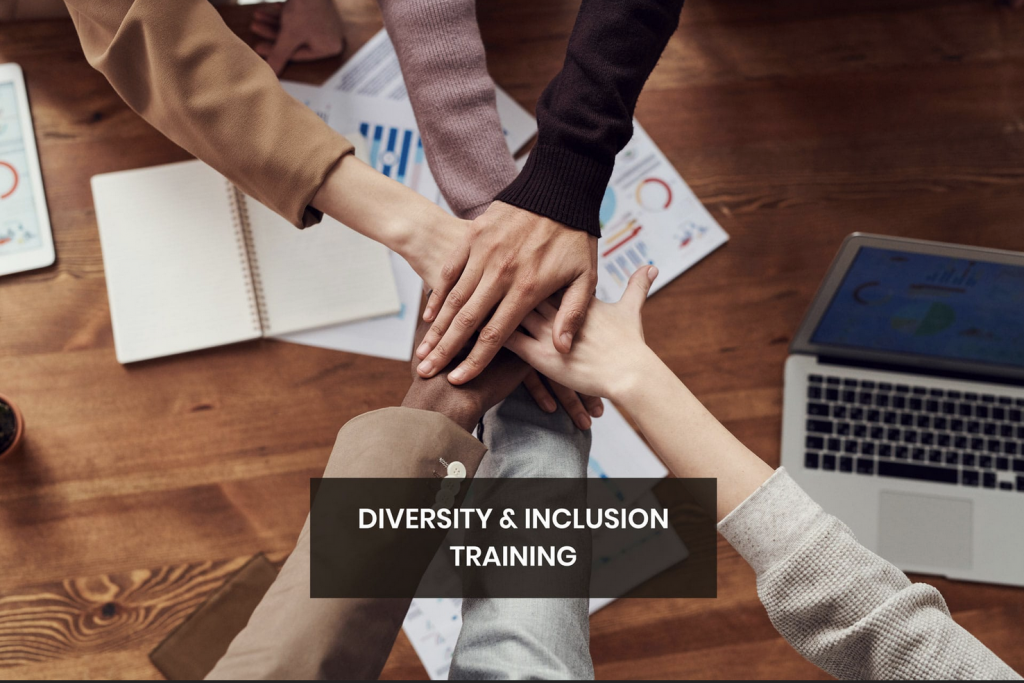There are many different aspects of your personality that define your identity. What race you are, what gender you are, and how old you are is just the tip of the iceberg when describing yourself. Maybe you consider yourself to be a go-getter, nonchalant, or more of a natural leader? Maybe you grew up with little money or maybe you were born with more than average?
You are a complex being made of the culmination of years of learning and experience. You have learned how to be who you are, how you belong in a group, and how you view other people. After years of life, you have arrived at your new workplace.
You begin to notice that all of your coworkers seem to act, think, and look the same. They make comments that are supposed to be "jokes" about races other than their own. You notice that the office has a policy on diversity and inclusion, but it seems to be sitting in the corner, gathering dust. You find it difficult to get work done and, thus, leave the workplace.
At this new workplace, you see a diverse range of ages, genders, religions, races, and backgrounds in your coworkers. You feel welcome and included immediately and find it easy to get right to work.
So, what happened? What is diversity? What is inclusion? Why are they so important for you to get work done? In this course, you will learn all that and more. If you are ready to capitalize on the ideal inclusive workplace, sign up now!
Why diversity and inclusion are important.
Personal identity and how it shapes worldview.
Cultural awareness.
Types of diversity.
What is fairness.
Recognize bias and stereotypes.
Challenges when cultivating a diverse workplace.
Social constructs.
Respect and inclusion and using respectful language.
How to foster an inclusive environment.
How to change a non-inclusive environment.
Why the world needs diversity
Course Instructor
Elearning
Virtual Instructor-Led Training (VILT)
Virtual Instructor-Led Training (VILT) refers to training that is delivered in a virtual or simulated environment, or when instructor and learner are in separate locations. Virtual instruction environments are designed to simulate the traditional classroom or learning experience.
